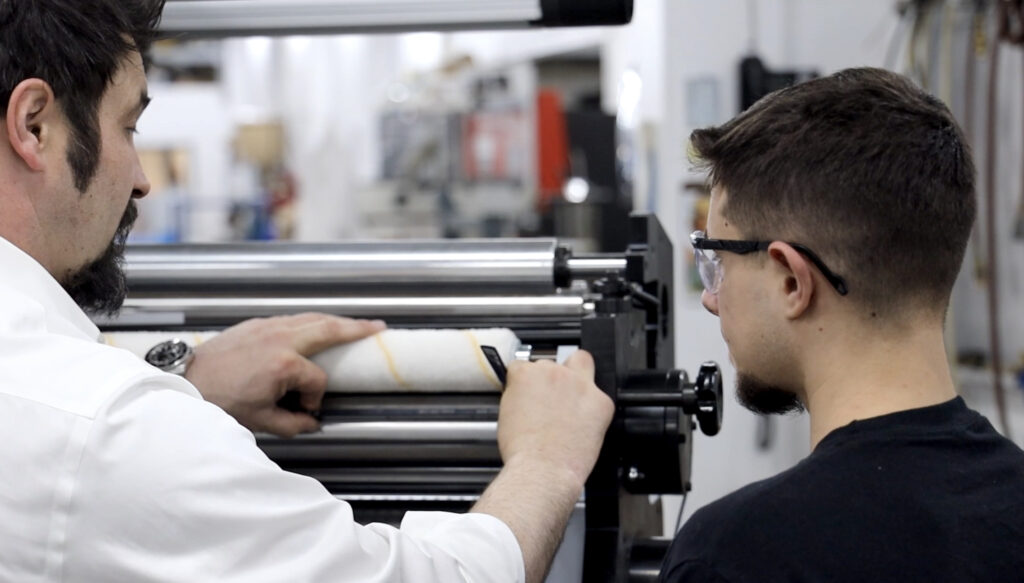Flexible packaging continues to increase in usage as many companies recognize the benefits, such as improved sustainability and brand awareness. The eco-friendly benefits of flexible packaging appeal to many consumers and offer convenience over traditional packaging types.
Integrating shrink sleeves label capabilities with flexible packaging allows converters to provide a one-stop shop to packagers with various packaging formats. Flexible packaging presents unique challenges centered around multilayer material construction of primary packaging rather than secondary packaging items such as labels. Converters must possess deep knowledge of the film, foil, and paper substrates, including shrink sleeves, and how these materials interact together in multilayer constructions.
Shrink Sleeves and Flexible Packaging
Flexible packaging and shrink sleeves can be a profitable niche for label converters due to the requirement for a high skill set in addition to the high entry costs of converting equipment. Conventional equipment requirements for flexible packaging and shrink sleeves require controlled heat management, closed-loop soft tension control, and automated register control.
Heat management is critical and requires the use of chill drums, although converters are recognizing alternative options, such as using UV LED lamps rather than mercury UV lamps for ink curing to eliminate heat transfer on the web. Inks and coatings on flexible packaging have special requirements that must be specified with various curing and drying processes, including UV inks and hot air. Ink migration is an issue with flexible packaging, as ink coatings must withstand high sealing temperatures without cracking when the film is shrunk.
A wide skill set range must be acquired for successful shrink sleeve production and resistance to the heat and shrinking process. Shrink sleeve converters have an understanding of predistortion at the design and prepress stage so that graphic elements shrink to the proper size on the packaging. Converters must invest in seaming equipment and be familiar with the characteristics of the shrink tunnel where the label is applied to the packaging container. Test runs on mock packs is recommended, and experienced shrink sleeve converters typically perform test runs prior to production on their own smaller version of conveyor belts and shrink tunnels.
Speaking with an experienced web converting equipment manufacturer such as Tamarack® Products will help converters to choose the best type of equipment to handle their flexible packaging needs.
Custom Web Converting Solutions
Tamarack® Products has been providing customized web finishing equipment for more than 50 years, offering solutions for web converters with specific and specialized requirements. Tamarack® designs, engineers, and manufactures specialty equipment for precision material cutting and web finishing, such as window patching equipment. We provide flexibility with modular equipment solutions that can be integrated into your own web equipment process for streamlined operations.
Tamarack® Products provides precision equipment catered to the forms, labels, and packaging industry for high-quality and cost-efficient production of products such as peel-off return labels, see-through films and windows, holograms, scratch-off materials, RFID tags, labels, and more.
Experience the difference Tamarack® can make in your web finishing process with consistent quality and increased productivity. Contact us to learn more about improving your web finishing production line with shrink sleeves and flexible packaging solutions.





